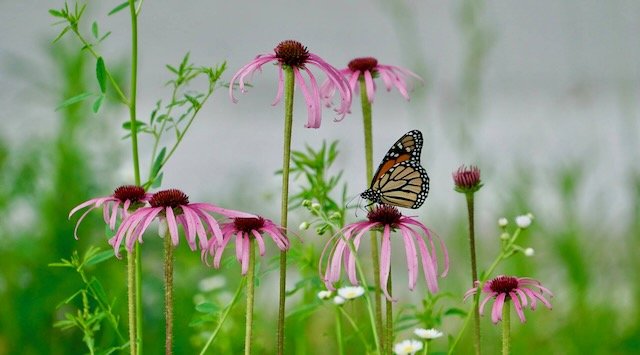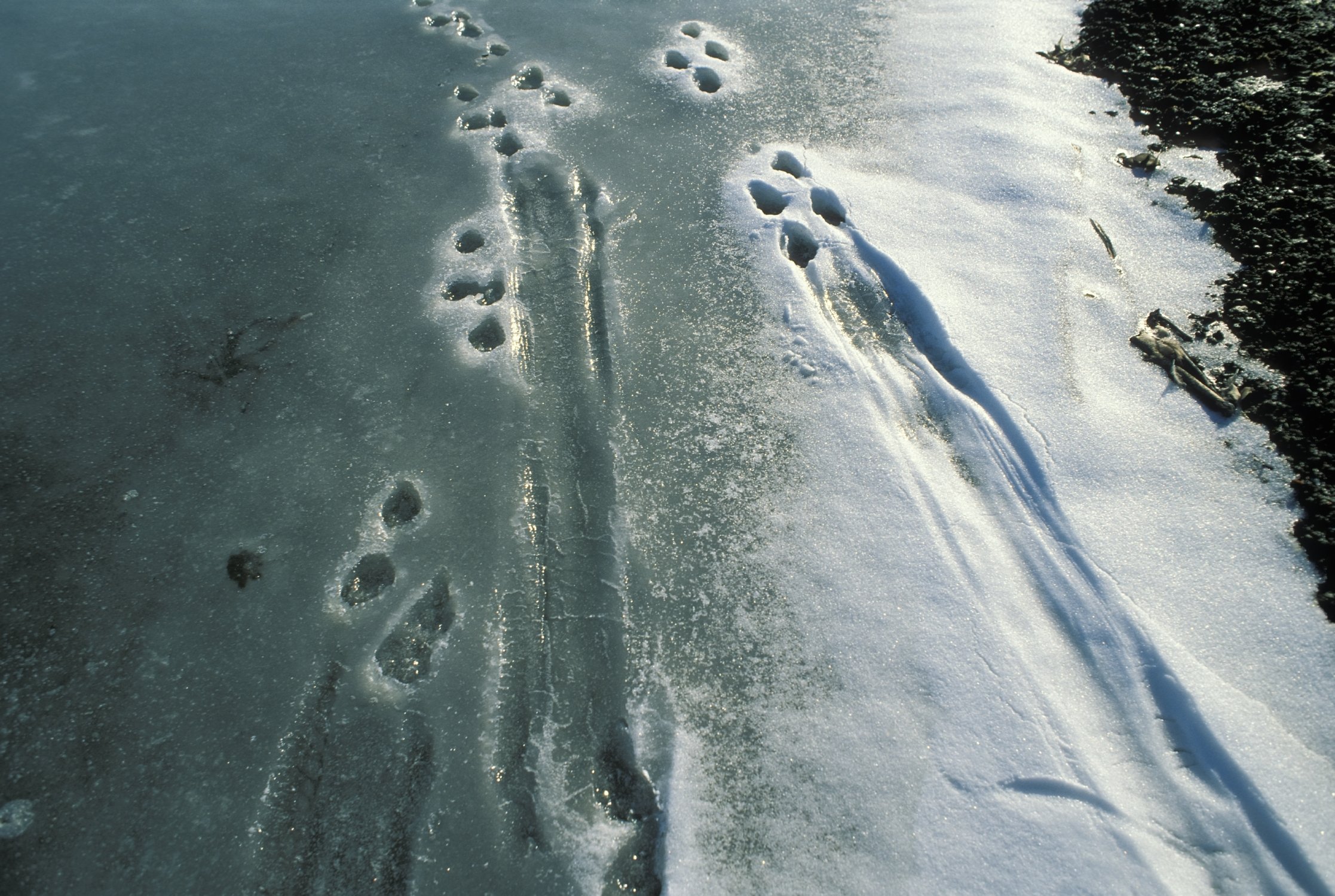With a BioBlitz experience under their belts, Chert Glades Chapter has shown extreme enthusiasm and diligence in making 300+ sightings on Silver Creek Glade! While many observations were previously documented on trails leading out from Shoal Creek Conservation Education Center, very few had been entered from that part of the glade to the south of Silver Creek except by MDC staff. Since access is from Norledge Place (unless you are willing to ford Silver Creek or inch across the dam like Karen) it is no wonder observations have been few! Hopefully this is only a beginning! With but one early May excursion, what is yet to be discovered? Will more people outside our group be curious and venture out to explore? We hope so!
The fearless leaders of the project learned much from this trial adventure:
· The way a project is initially set up determines if observations are automatically transferred to the project once you join it! (It was not set up that way which required some observers to make a second pass on observations.)
· Many new or almost new users of the iNaturalist app came prepared to seriously discover life (and even signs of life) on Silver Creek Glade.
· The use of ALL senses to observe should have been emphasized beforehand. Sadly only Maddie and Patrick allowed their ears to hear and record the actively calling Cricket Frogs. (Yes, I know everyone heard them!)
· While many reportedly had encounters with ticks during the BioBlitz (or found them on their person later that evening), only Dione and Amera chose to officially record this observation.
Insects, especially bees, were recorded by Patrick, Amera, Dione, Charles, Karen, Maddie, as well as members identified by userIDs as cpdoc,* and electricdoggy*(*who?), although it should be said Cody was drawn to a Lady Beetle. The Wild Hyacinths were especially attractive to the bees! Where were the rest of us
The mysterious grouping of “melic grasses” suggests iNaturalist taxonomic prowess may be minimally focused on grasses of any kind.
The willingness of so many to accept the designation of an observation as “Unknown” was disappointing, and indicates it should have been emphasized as appropriate to go back and hit the 3-dot talk bubble to let iNaturalist give some suggestions to choose from, or at least consider. (There is still time to do this! Perhaps go back and take a look!)
All members should take a look at the observations that were made and “agree” with those they recognize as valid. There is learning to be done.
With a mission to connect others and ourselves to nature, participants in the BioBlitz discovered many species while learning to use iNaturalist and exercise their powers of observation on Silver Creek Glade. With diligent management by MDC on this glade, habitat will improve and more native species will be observed. Citizens exploring Silver Creek Glade can document how these management practices are progressing and provide valuable insight as to next steps.
Scorpion Weed
Monarch Caterpillar
Lincoln’s Sparrow - Maddie R.
Grey Tree Frog
Prickly Pear-Karen G.
iNaturalist is a free app that allows users to make a personal record and share observations about plants and animals, builds knowledge, and brings people together. You don’t have to be an expert to use iNaturalist…but you just might become one!
Go to www.inaturalist.org to learn more. Check out the “Shoal Creek Conservation Education Center Trails and Wildcat Trail System” on iNaturalist.
Submitted by Val Frankoski
Photos from Maddie R., Brandi P., Chelsa C., Karen G., Dione F.


















